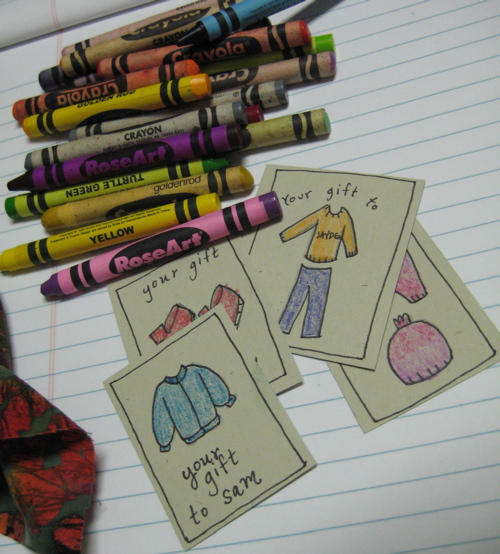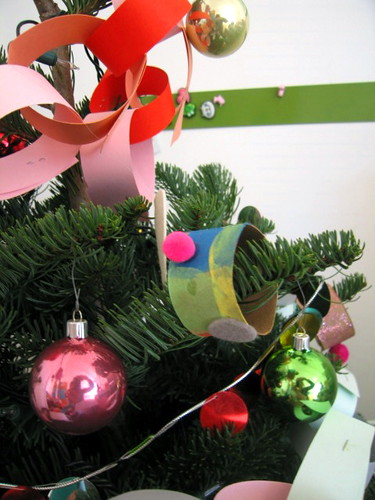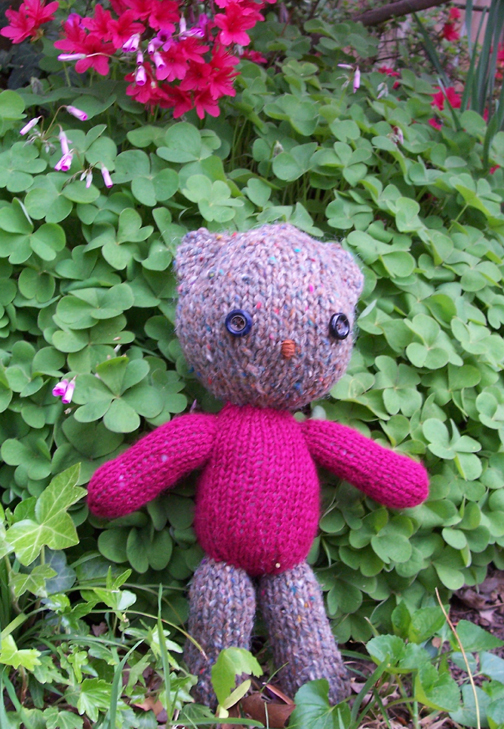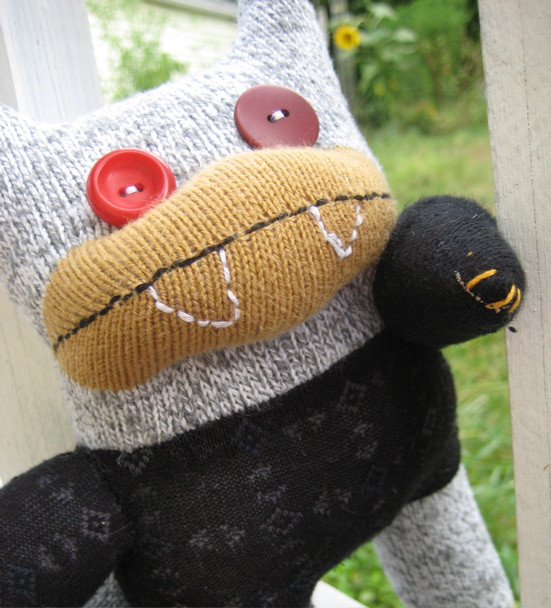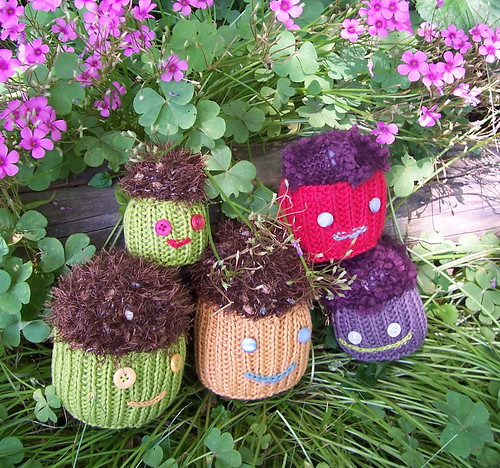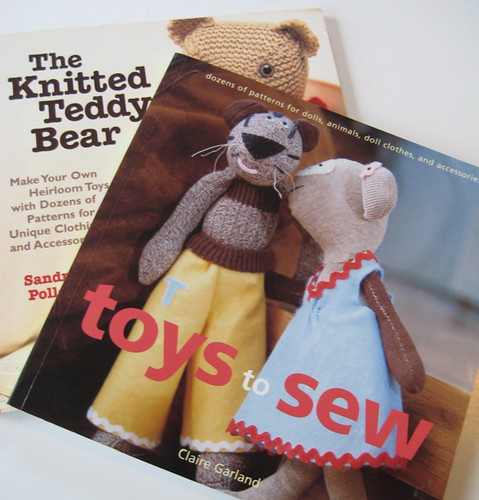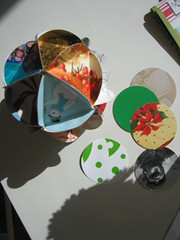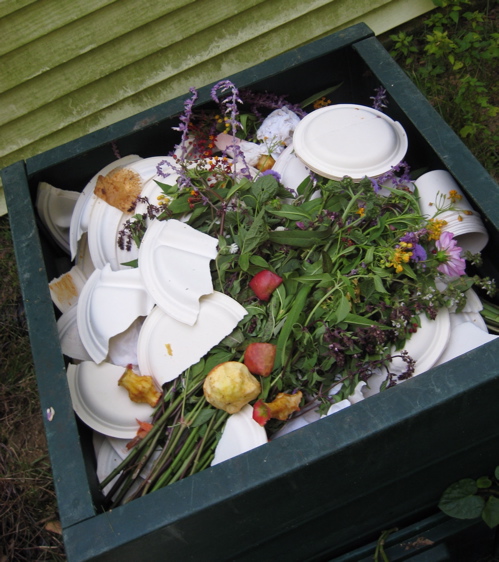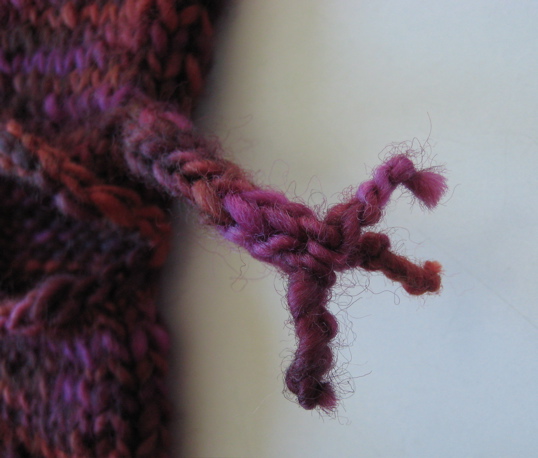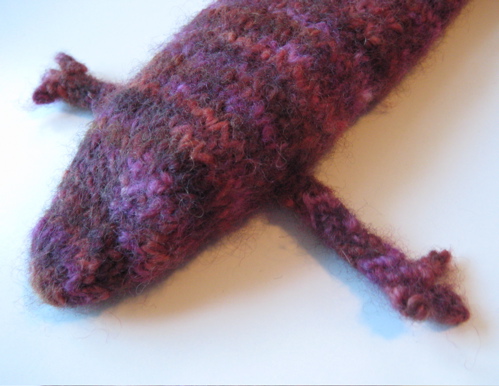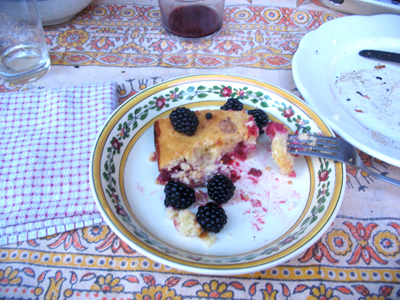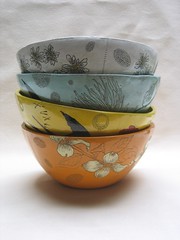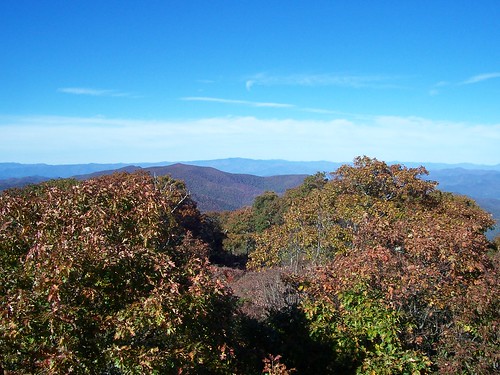 wayah bald, north carolina, october 06
wayah bald, north carolina, october 06One of my favorite ways to break out of the daily routine and really relax, is by going camping. Whether we trek into a wildnerness area or just hang out in a drive-in campsite, I love to cook outside, watch the stars and sleep to the sounds of owls, crickets and frogs. Most of all I love waking up to the sounds of the woods, and having breakfast to a loud chorus of morning birdsong.
We love to go backpacking, when you carry everything you need on your back, and hike for a few days from campsite to campsite, but as I've developed arthritis, I've been working hard to lighten my pack. The thing that's made the biggest weight difference for me has been food. It seems we always carried more than we needed, or packed things that would go bad or get mushy before we ate them, or just otherwise wasted weight and space in the packs. What I've learned about lightening the load has also made our regular camping a lot easier, too. I am always amazed at the huge loads of stuff - especially food-related stuff like huge gas grills - that we see people bring to campsites.
Two summers ago, I scoured the library for books on backpacking food, and found two in particular that taught me a lot:
Backcountry Cooking, by Dorcas Miller (published by Backpacker magazine), and
The Trailside Cookbook by Don & Pam Philpott. If you're a backpacker, I recommend both highly! Here's some of what I learned from these books:
toolsYou don't need to bring lots of plates, cups, pans, etc. You need four tools for cooking and eating on the trail:
- a small, simple, lightweight stove (even if you camp in campsites, a stove saves tremendous amounts of wood that you'd otherwise need for cooking. Fires may be allowed, but they're terribly damaging to the landscape and to air quality).
- one set of nesting cooking pots (a set with two small pots, one lid and one multi-use handle works really well for us, but most times you probably just need one pot).
- a small- to medium-sized tupperware container with a tight-fitting lid (it's a storage vessel, a bowl and a plate all in one).
- a 20-oz insulated thermos mug. This is the most important tool of all!
If you have these items, you can cook just about anything on the trail - you can even bake bread. The thermos mug is your drinking cup, soup bowl, and food rehydrator. It keeps a frosty beer cold, and a cup of coffee hot. In the dead of winter, you can stick it inside your jacket while your dinner rehydrates, and it warms you up before you even have your soup.
There are lots of other tools you can get, but I think these are the most important - and they're widely available used in thrift shops. When you pack food for your camping trip, plan by meal, and pack one breakfast, one lunch and one dinner serving for each person for each day. Don't forget dessert! Besides these, you need enough water per person per day, and enough trail mix or granola bars for each person to keep you going on long hikes. Don't pack more than that, though - it's just extra weight to carry, and usually in the end, waste.
I also like to make up a spice kit, with small containers full of favorite spices for the trail (film canisters are very useful for this): basil, garlic, Chinese 5-spice, cayenne pepper, olive oil, fresh ginger, etc. Throw in some take-out packets of soy sauce, wasabi and salsa, and you're ready for anything.
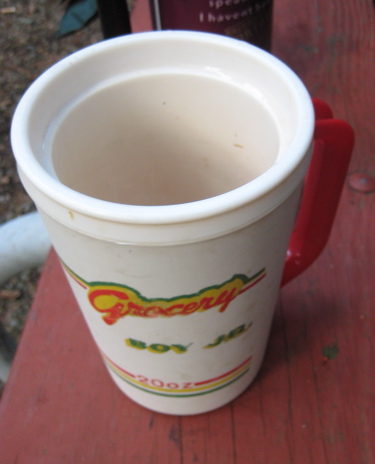 my most treasured possessionrecipes
my most treasured possessionrecipesThese are a few of my most favorite camping recipes. Many of these things (like instant grits) I'd never eat at home, but somehow after a long day of hiking, they taste divine. Especially when followed with cookies.
breakfast: powered-up oatmeal(from Backcountry Cooking)
Before you go, mix up this oatmeal additive in the food processor at home. It makes a delicious bowl of oatmeal that gives you lots more energy for the trail. I even eat it at home sometimes:
- 24 small dried apricots, quartered
- 16 dates, quartered
- 1 cup wheat germ
- 3/4 cup sliced almonds
1 1/3 cups powdered milk
Blend in food processor until ingredients are finely chopped. Store in the fridge.
When you go camping, pack the oatmeal additive in individual servings of one heaping 1/2 cup. On the trail, add the mix to two packets of plain instant oatmeal, and about 1 1/3 cup boiling water. Make this in your big thermos cup!
lunch: tomato-almond salad(from Backcountry Cooking)
1/4 cup couscous
3 Tbsp toasted almonds, chopped fine
3 Tbsp chopped sun-dried tomatoes
1/4 tsp dried basil
1/8 tsp garlic powder
Before you go, mix well and pack into 1/2 cup servings (per person - you can combine as many as you need for your group). On the trail, after breakfast, put all the ingredients into your secure tupperware container with one generous cup hot water to each 1/2 cup salad mix. At lunchtime, fluff it up with a fork and serve.
dinner: cheese grits and rat-tat-tooey(if you are car-camping and can bring a cooler) - makes 2+ servings
- 1 small onion
- 3 cloves garlic
- 2 small hot peppers
Before you go, place these in your food processor and chop finely, or just chop by hand. Bring them along in a tightly-closed container in the cooler.
-1 Tbsp olive oil
- 1 cup chopped tomatoes
- 2 soy-sage (or real sausage) links
- 2 oz diced cheddar cheese
- 4 packets of instant grits
On the trail, saute the onions, garlic and peppers in the olive oil until tender. Add the tomatoes and whatever spices you like. I use Ozark spice and cayenne. Once the mixture is hot, cut up the fake (or real) sausage into small pieces and toss into the sauce to simmer for at least 10 minutes.
Place 2 packets of grits in each person's thermos mug. Add 1 cup boiling water to each. Stir well and let sit for about 5 minutes. Add cheese and stir well. Spoon some of the rat-tat-tooey on top and you're all set!
I think the secret to camping and backpacking more simply is to plan carefully, and eat well. Rain, stinky socks and hat-hair don't seem to matter as much when your belly is content.
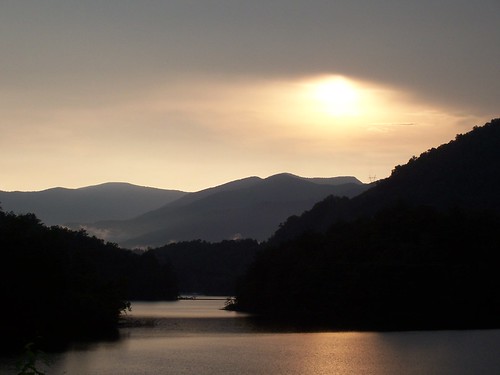 sunset on the little tennessee river, august 06
sunset on the little tennessee river, august 06
